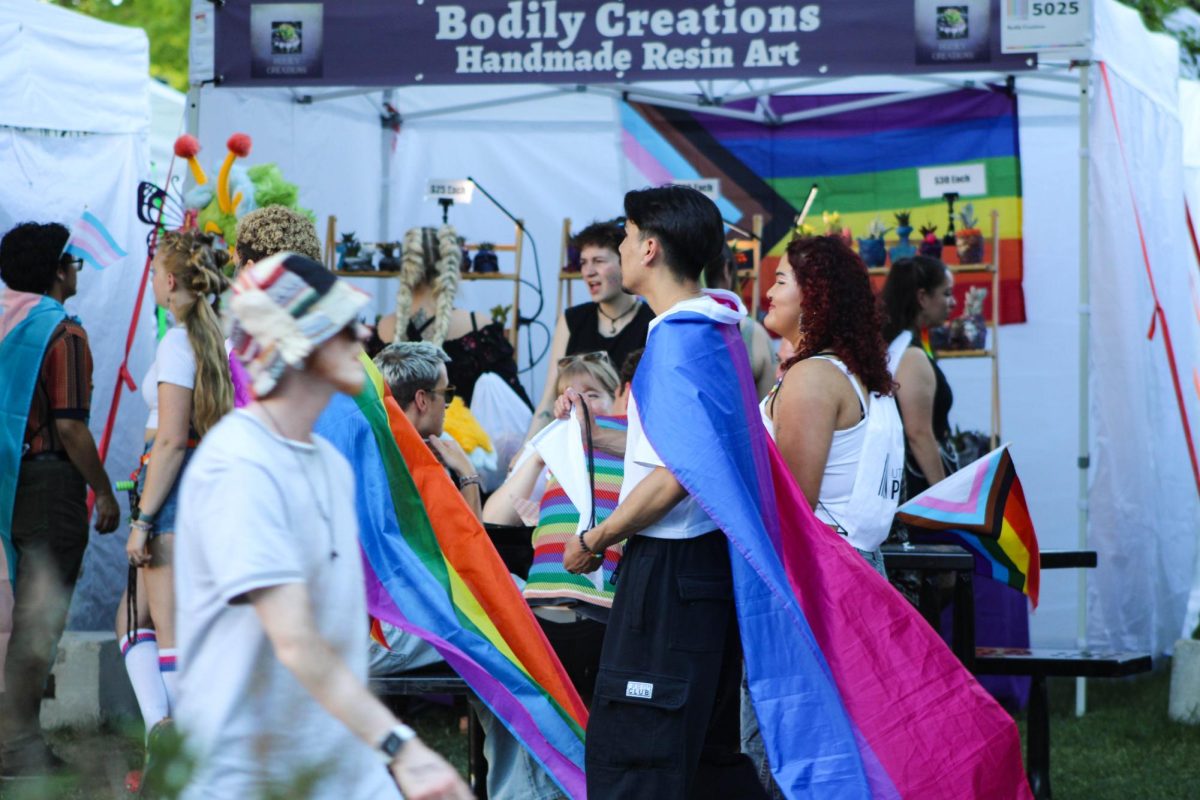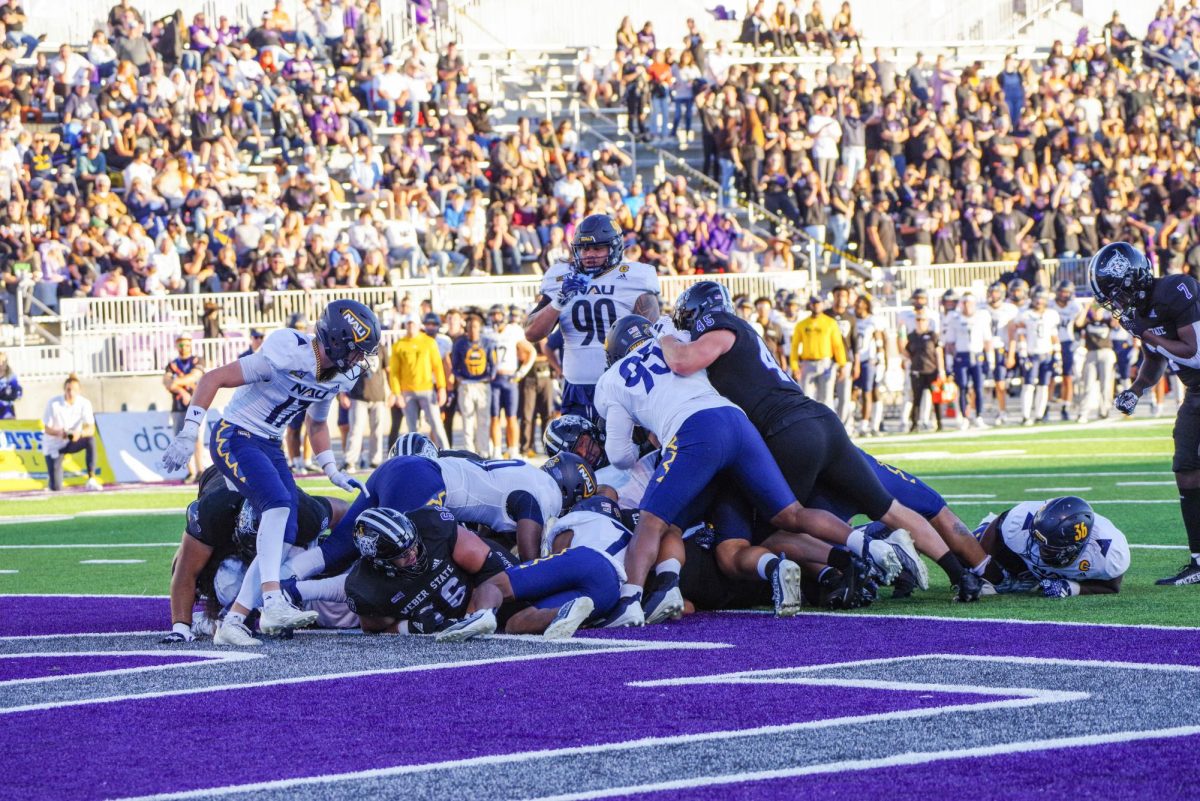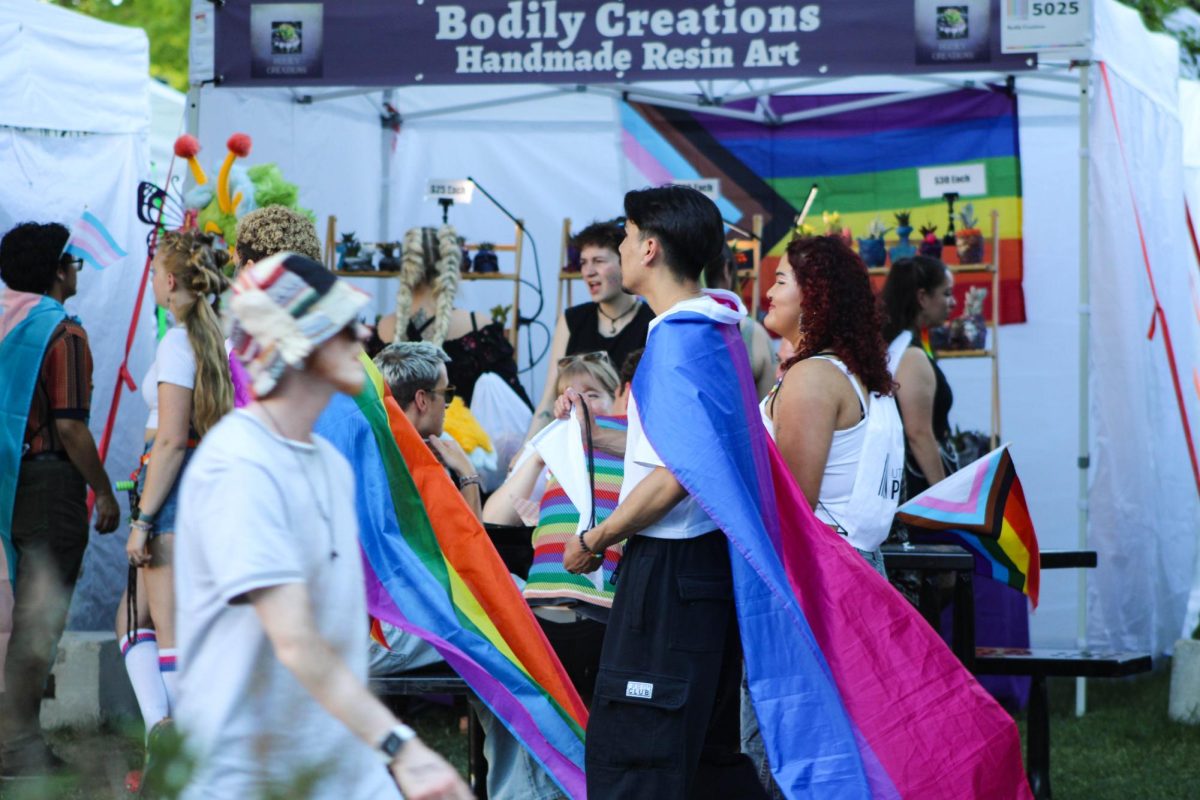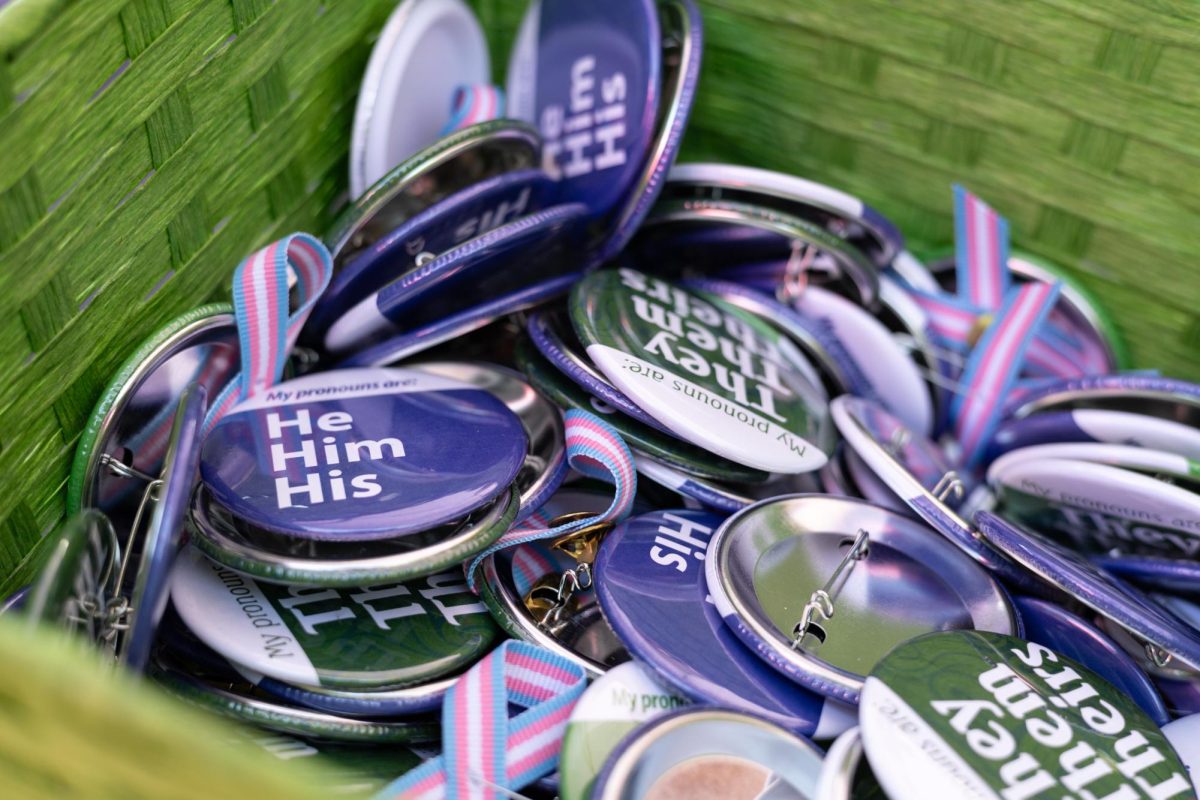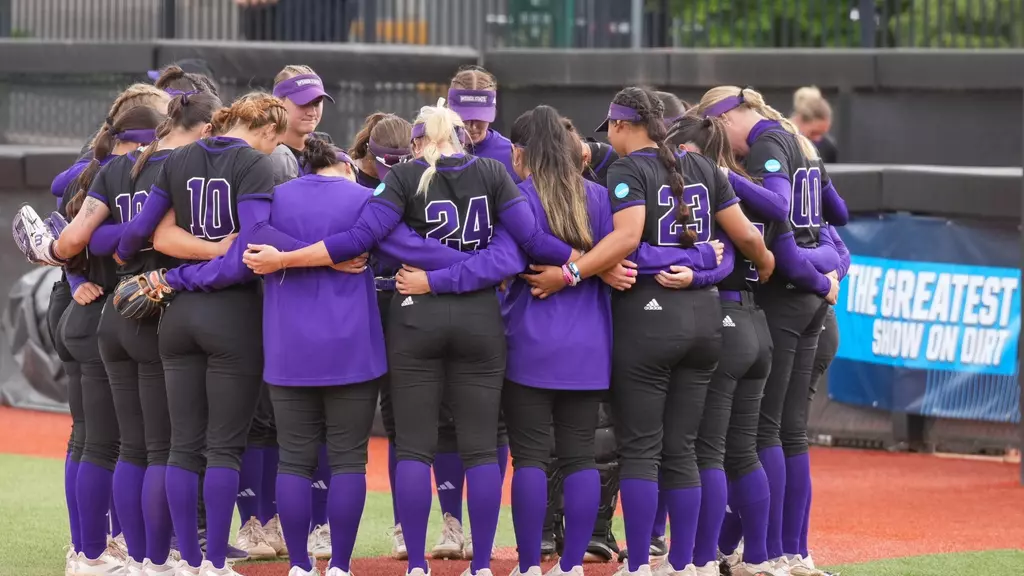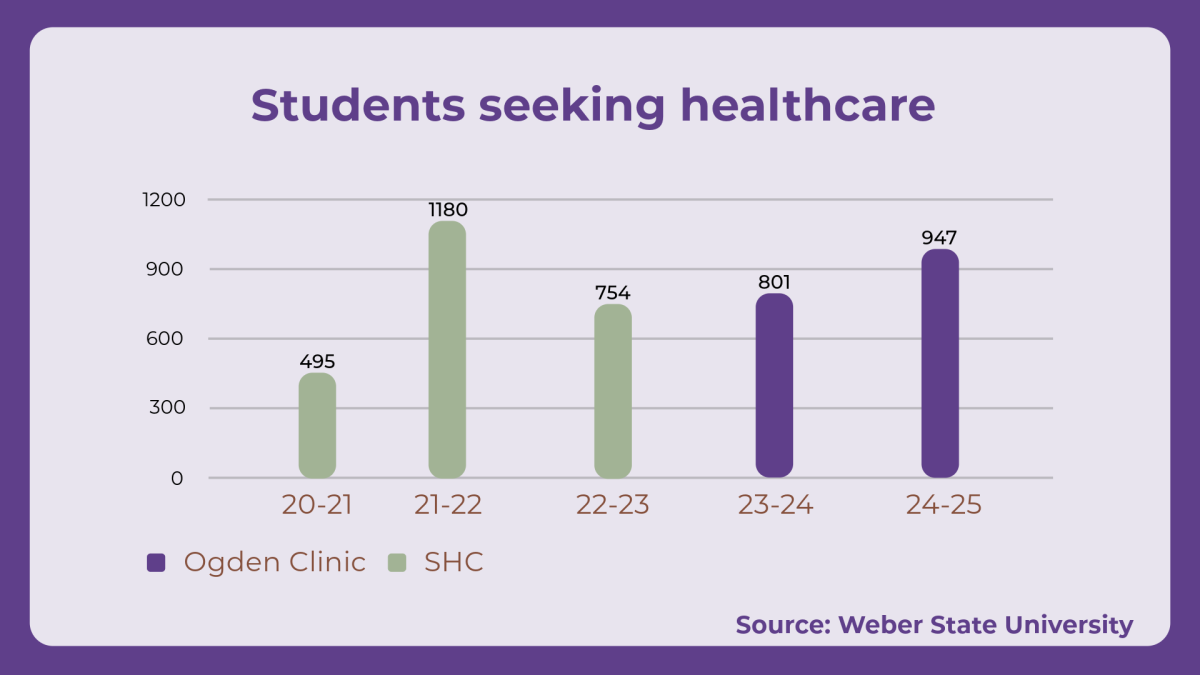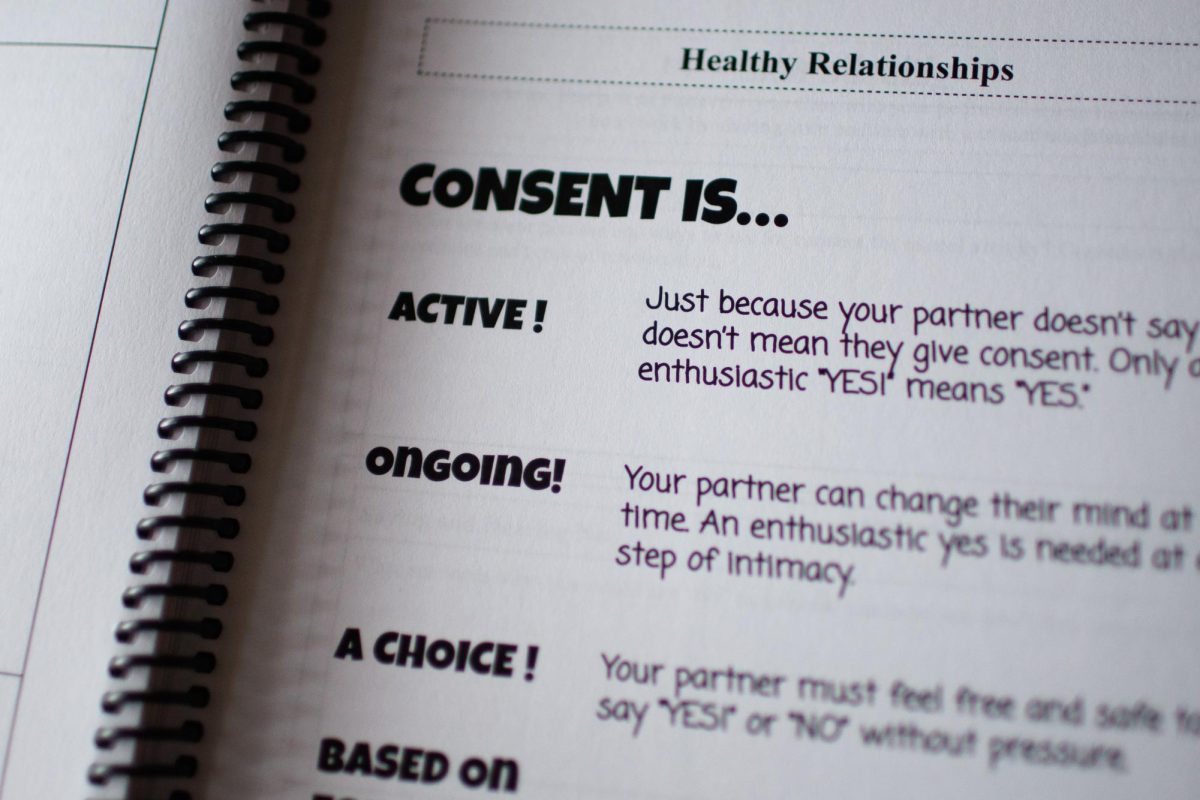As one who has traveled the countryside and abroad, I have found Utah to be quite unique.
Only in the Beehive State will one find fry sauce, dirty sodas, fried “scones,” a strict blood alcohol limit of 0.05 and a shortage of open businesses on Sundays. While I can appreciate the nod in observance of what this day represents, it does make it difficult to get shit done on the weekend.
Having grown up in the small village of Cloudcroft, New Mexico, where the number of restaurants is limited, one would be hard pressed to find immediate seating on a Sunday afternoon. Lunch out among the townsfolk after Sunday service is just something we do.
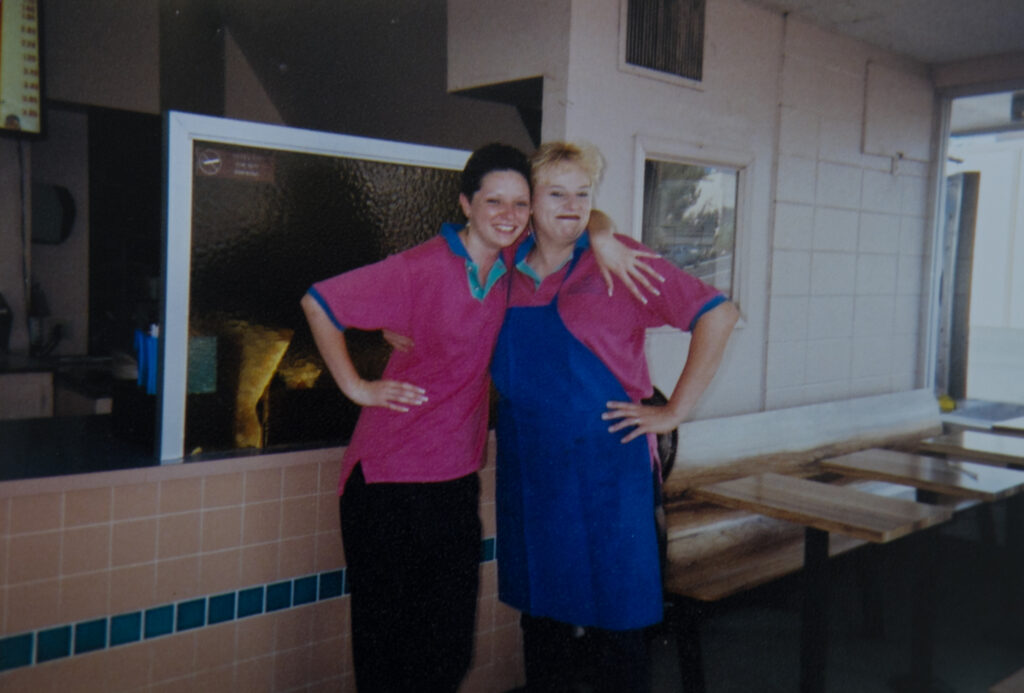
No matter if diners are ordering breakfast, lunch or dinner, they’ll inevitably be asked the unofficial state question: Red, green or Christmas?
I did not know anything other than red or green sauce went on enchiladas — that is, until I moved to Dallas. If, like me, you expect to be asked whether you’d like red or green sauce, get ready to be sorely disappointed. Tex-Mex is in an entirely different parking lot when it comes to Mexican food.
I assumed the question of whether I wanted meat or cheese referenced what kind of enchilada I wanted, not the type of sauce. Meat, cheese and sour cream sauces are of the Tex-Mex variety one will find on enchiladas.
Out of all the places the U.S. Air Force has taken her, New Mexican transplant Kara Mitchell said she never experienced culture shock to the extent she had when moving to Utah. That said, she has come to declare weird food-things here as “heavenly addictions.”
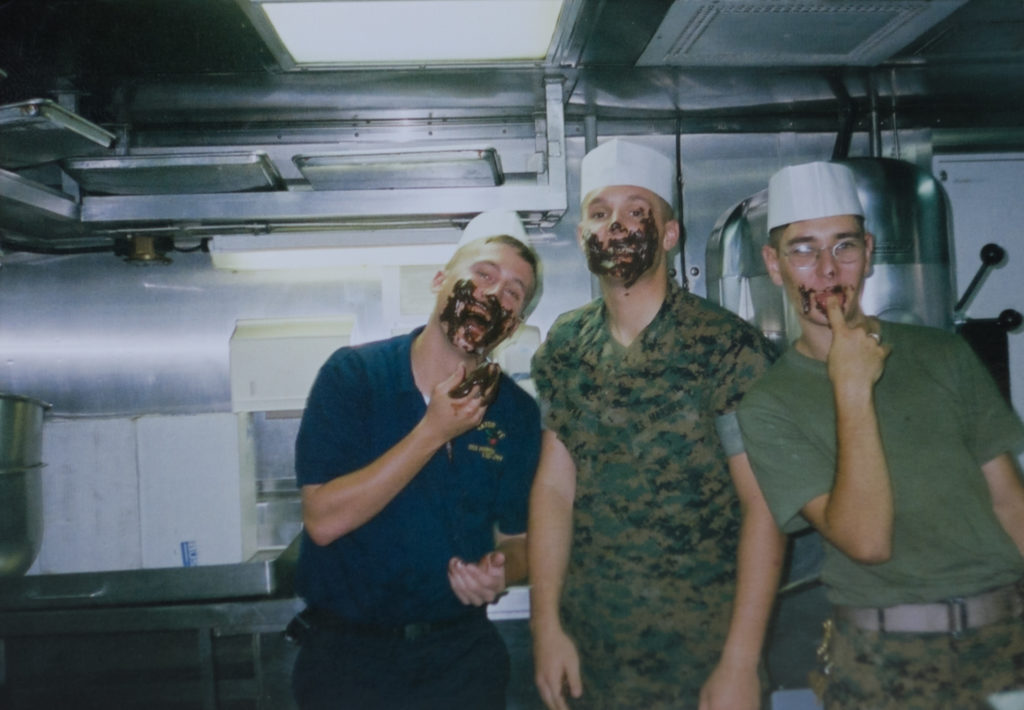
Utah may not have a state question per se, however, “Would you like fry sauce with that?” is a good contender. Dipping the French-fried potato favorite in anything other than ketchup was foreign to me. It is unknown just what ingredients make up the fry-dipping sauce Utahns love so much, as there seems to be a variety of recipes.
I was affronted when a waitress asked if I wanted fry sauce at a local fast food restaurant. My first response was, “What did you just say to me?” I admit it was a bit of an impetuous reply, but in my defense, I mistook her question as some sort of rude comment.
By far, the most interesting and talked-about among out-of-state transplants is the mind-boggling term “scone,” which refers to what we know as fry bread. During a trip up here to visit family, I was introduced to this Utah breakfast staple at a renowned family-owned restaurant in Layton. Ironically, my sister and I were not the only New Mexicans dining at Sill’s that morning.
From across the way we could hear a woman say, “You lied to me. This isn’t a scone; it’s Indian fry bread.” We found it comical upon exiting the parking lot when we spotted a vehicle with New Mexico plates.
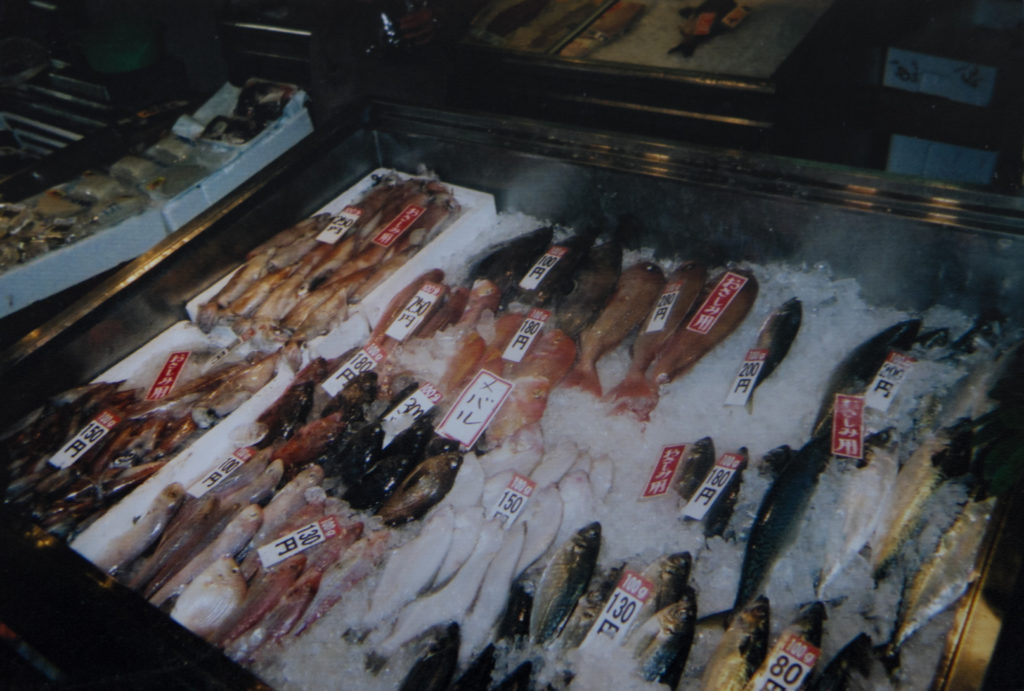
Neither the natives nor anyone else living here knows how the yeasty fry bread came to be called a scone, and, while people like myself find this bewildering, Becca Schull loves that her state is unusual in an amusing way.
I am curious, though, if and when Starbucks decides to start offering these “scones,” how might this go down? No, not that scone, the other scone.
Confusing as this would be, I can’t say my state does not share in off-the-wall lingo. Carbonated beverages are not called sodas or pop. They are simply referred to as Cokes. That’s right. Everything from kiwi-strawberry Shasta to Dr. Pepper is a Coke.
The ever-loving, soda-concocted beverage establishments in Utah have me at a loss in understanding how anyone could drink such things. It couldn’t possibly help with people’s sugar intake.
FiiZ, Swig and similar shops have come to be known as “bars” for the portion of non-alcohol-consuming Utahns. Perhaps these establishments will see a greater influx of patrons on a Saturday night now that the Utah Legislature has lowered the legal blood alcohol concentration from 0.08 to 0.05.
With a BAC that low, people might as well stay home and drink unless they can afford a taxi every time they go out and have a couple of drinks with dinner. In no way is it a bad thing to lessen the number of people driving under the influence, but doing it in this manner seems extreme.
Die-hard New Yorker Hilary Reiter moved to Park City in October, and, while she enjoys certain facets of living in Utah, she finds the “liquor laws to be ridiculous and in desperate need of privatizing.”
I have to say that compared to other states, Utah is rather strict in this regard. In New Mexico, one can buy alcohol just about anywhere, including Walmart, Walgreens and gas stations.
My first Christmas in Utah turned into a desperate search for a minibottle of brandy. Biscochitos, the New Mexico state cookie, require it. Here, I came to find that corner stores don’t sell alcohol and not all liquor stores are created equal: Some close early in the evening, and not a single one sells miniatures.
Miniature bottles of alcohol existed in Utah once upon a time, but in the 1980s, government leaders felt they were easily concealed, making them popular among teenagers. I can’t say I’m surprised by this, given that every other state in America has a legal smoking age of 18 years old.
Interestingly enough, other countries, such as Thailand, have a legal drinking age of 18 years. And Japan — well, they have beer and cigarette vending machines hanging out on roadsides. In the three years I spent in Japan, I remember thinking while waiting for my alcoholic beverage to vend, this wouldn’t last two seconds state-side.
There are, for obvious reasons, many differences that separate other countries from the U.S., yet from within the lower 48, the Beehive State stands uniquely on its own.




